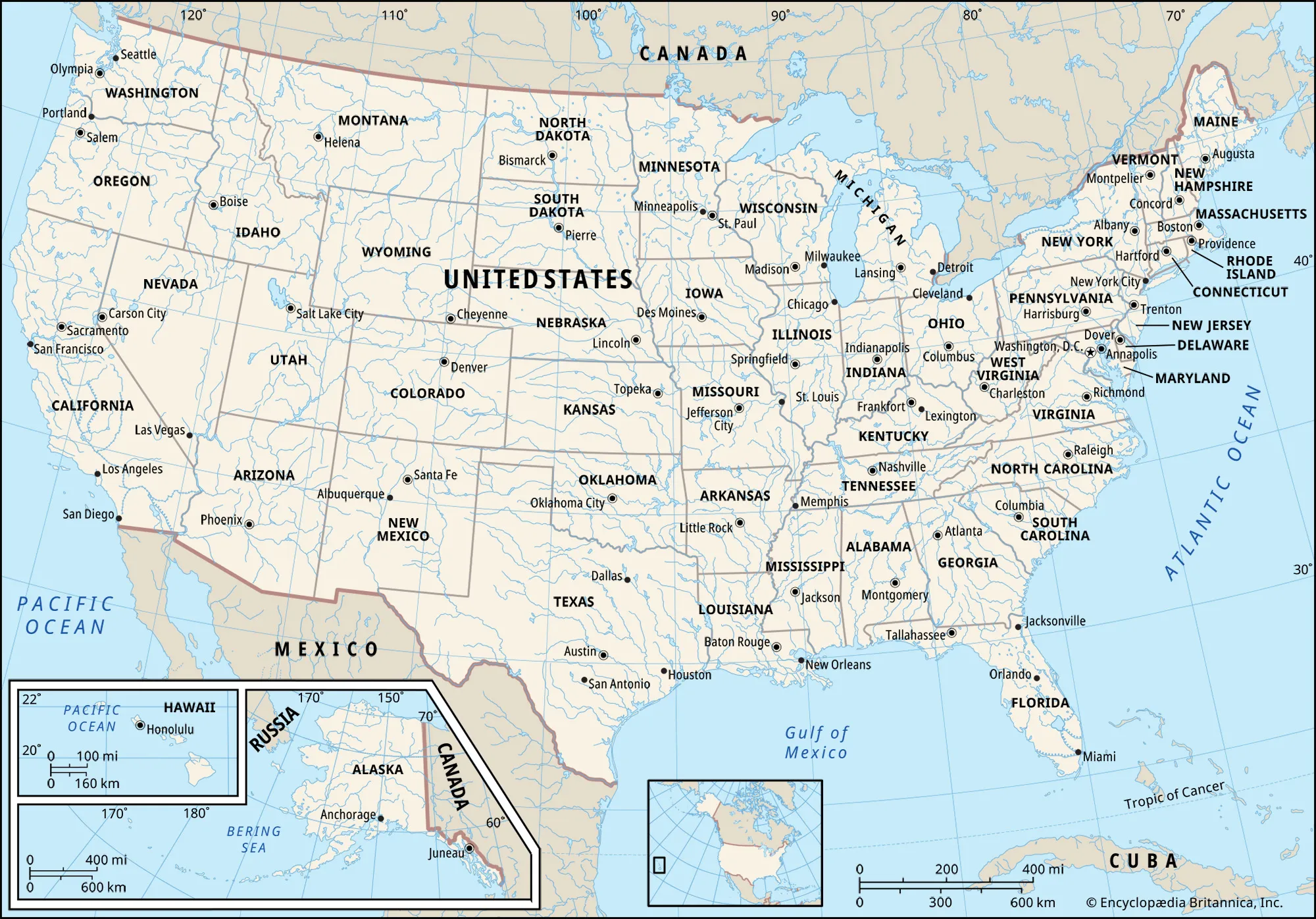Learn where and how to apply our lessons in your curriculum in terms of APUSH, Common Core, and Rhode Island education standards.
Unit 2: Tools of Removal: Enslavement During Warfare Education Standards
Advanced Placement US History + Rhode Island Standards
-
APUSH: Unit 2 – Colonial Society, 1607–1754
2.5: Interactions between Native Americans and Europeans
-
Rhode Island
SSHS.USI.1.2: The impact of European colonization on Indigenous life. Argue the ways that European colonization impacted the lifeways and populations of Indigenous peoples.
HP 2: History is a chronicle of human activities, diverse people, and the societies they form.
1.9–12: Students chronicle events and conditions by critiquing historical narratives for historical accuracy or points of view
Common Core
-
Lesson 1
CCSS.ELA-Literacy.RH.9-10.10: By the end of grade 10, read and comprehend history/social studies texts in the grades 9–10 text complexity band independently and proficiently.
CCSS.ELA-Literacy.RH.11-12.3: Evaluate various explanations for actions or events and determine which explanation best accords with textual evidence, acknowledging where the text leaves matters uncertain.
-
Lesson 2
CCSS.ELA-Literacy.RH.9-10.2: Determine the central ideas or information of a primary or secondary source; provide an accurate summary of how key events or ideas develop over the course of the text.
CCSS.ELA-Literacy.RH.11-12.2: Determine the central ideas or information of a primary or secondary source; provide an accurate summary that makes clear the relationships among the key details and ideas.
-
Lesson 3
CCSS.ELA-Literacy.RH.11-12.3: Evaluate various explanations for actions or events and determine which explanation best accords with textual evidence, acknowledging where the text leaves matters uncertain.
-
Lesson 4
CCSS.ELA-Literacy.RH.9-10.10: By the end of grade 10, read and comprehend history/social studies texts in the grades 9–10 text complexity band independently and proficiently.
CCSS.ELA-Literacy.RH.9-10.3: Analyze in detail a series of events described in a text; determine whether earlier events caused later ones or simply preceded them.
CCSS.ELA-Literacy.RH.11-12.6: Evaluate authors’ differing points of view on the same historical event or issue by assessing the authors’ claims, reasoning, and evidence.
-
Lesson 5
CCSS.ELA-Literacy.RH.9-10.9: Compare and contrast treatments of the same topic in several primary and secondary sources.
CCSS.ELA-Literacy.RH.11-12.9: Integrate information from diverse sources, both primary and secondary, into a coherent understanding of an idea or event, noting discrepancies among sources.
CCSS.ELA-Literacy.W.11-12.1: Use words, phrases, and clauses as well as varied syntax to link the major sections of the text, create cohesion, and clarify the relationships between claim(s) and reasons, between reasons and evidence, and between claim(s) and counterclaims.
